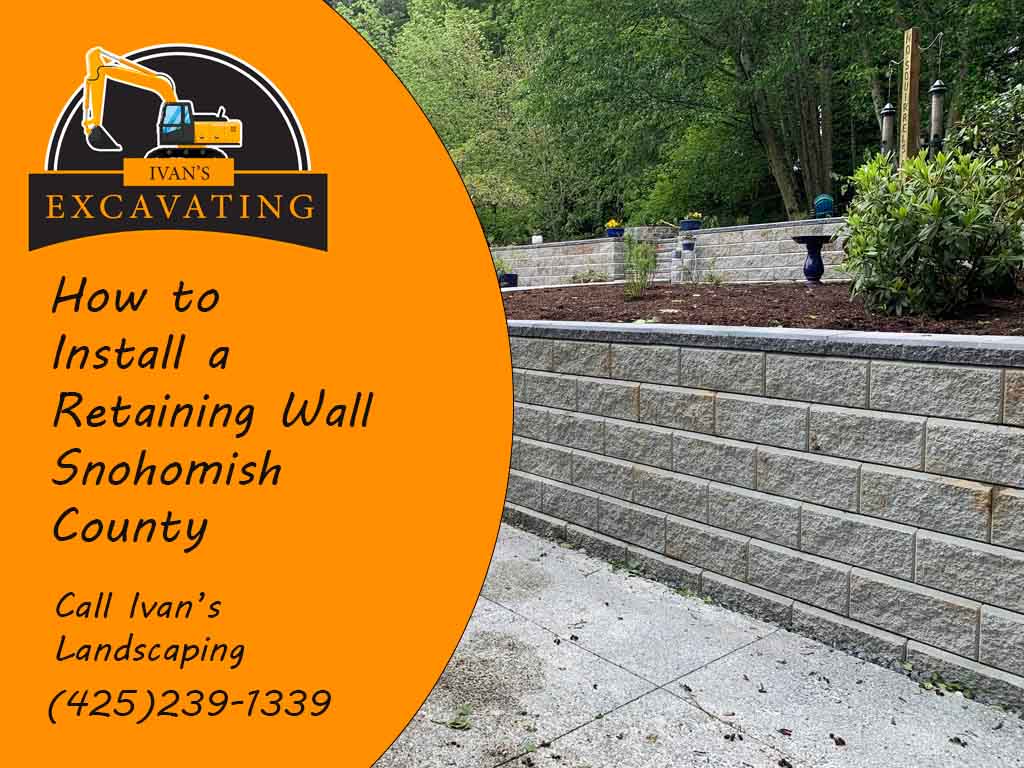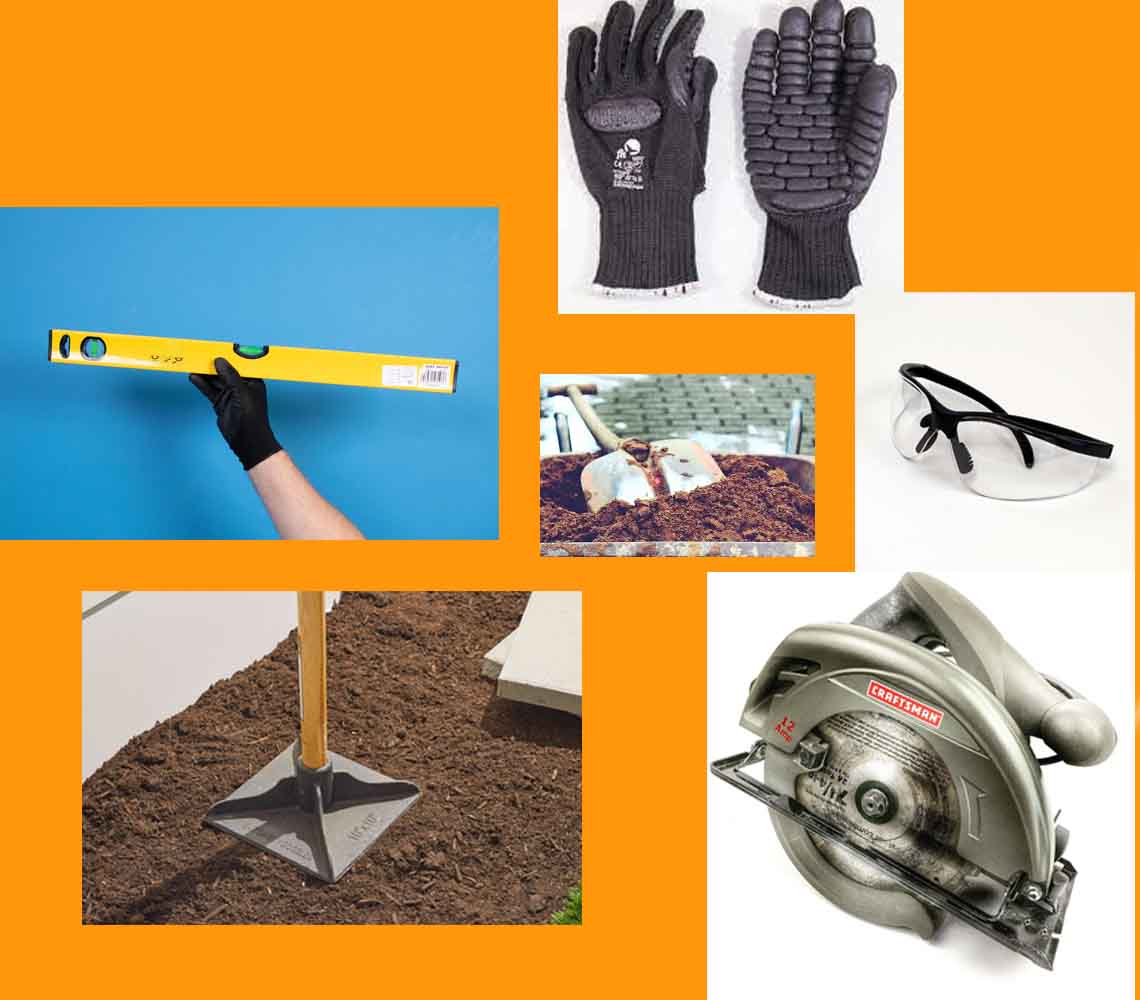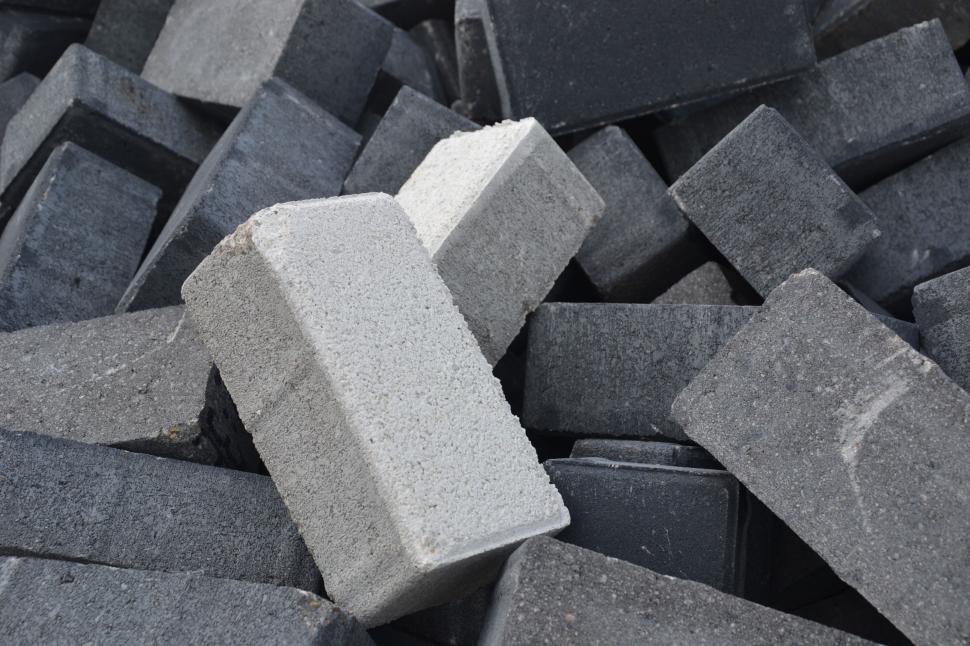
Retaining walls are essential structures that hold back soil and prevent erosion. In Snohomish County, Washington, the need for retaining walls is particularly significant due to the region’s varied terrain. This article will guide you through the process of installing a retaining wall in your property, ensuring stability and aesthetic appeal.
Before you begin, gather the necessary tools for the job. Having the right tools on hand will make the process smoother and more efficient:

Avoiding common mistakes will ensure a successful installation. Here’s a closer look at potential pitfalls and how to avoid them:
By paying attention to these details and avoiding common mistakes, you can ensure that your retaining wall installation in Snohomish County is a success. Whether you’re a DIY enthusiast or a professional landscaper, these insights will help you build a wall that is both functional and beautiful.
The planning and design phase is crucial for a successful retaining wall installation. Here’s a detailed guide:
Choosing the right materials is vital for both aesthetics and durability:

Proper site preparation lays the foundation for a stable and long-lasting wall:
By following these detailed steps, you’ll be well on your way to installing a retaining wall that not only looks great but also performs its function for years to come. Whether you’re a homeowner looking to enhance your property or a professional landscaper in Snohomish County, these guidelines will help you achieve a successful project.
Constructing the wall requires careful attention to detail to ensure stability and alignment:
Adding finishing touches enhances the wall’s appearance and functionality:
Proper maintenance ensures the wall’s longevity and continued performance:
By following these comprehensive guidelines, you can build and maintain a retaining wall that adds value and beauty to your property in Snohomish County. Whether it’s a small garden wall or a significant structural element, these steps will guide you to a successful project that stands the test of time.
Need help with a Retaining Wall or a Landscaping Job? Call Ivans landscape & Construction at (425)239-1339
Looking for more Retaining Wall Guides?
What is the best material for a retaining wall?
Do I need a permit to build a retaining wall in Snohomish County?
Can I build a retaining wall myself?
How long does it take to build a retaining wall?
How do I maintain a retaining wall?